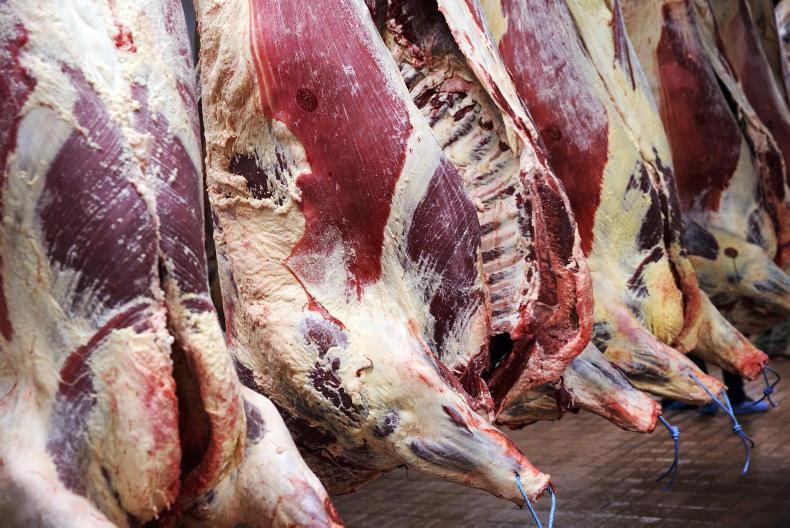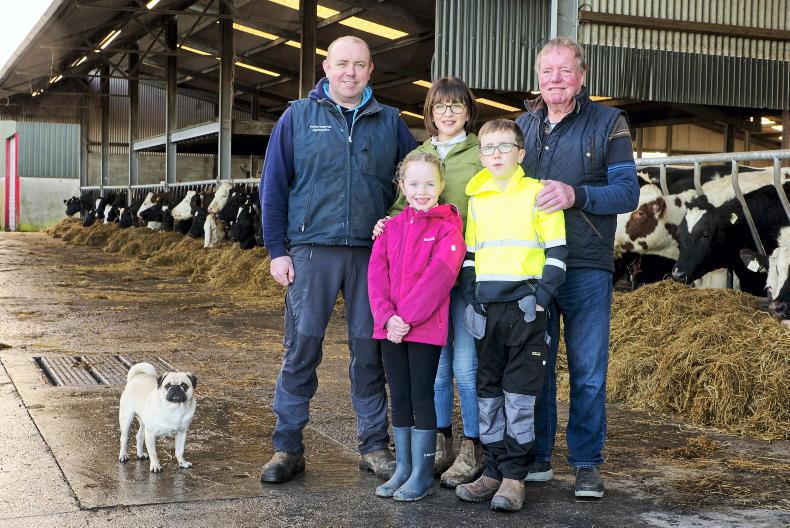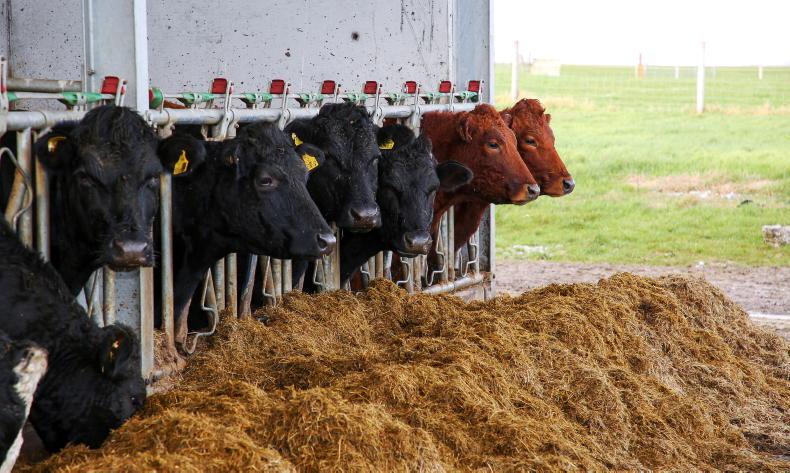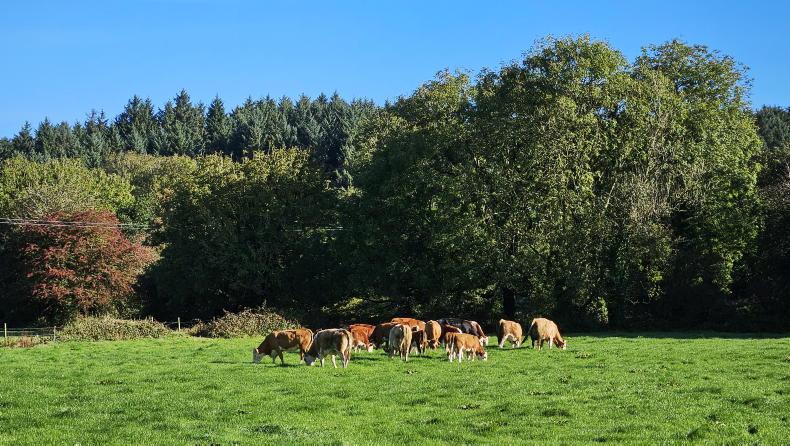A clear TB test means relief and plans for next winter and spring can firm up a bit. The stock bull and a handful of empty cows went to the factory last week and his presence won’t be missed.
He had developed a taste for knocking timber fence poles and his habit of running around corralling cows in a corner when you wanted to move them wasn’t good from a safety perspective. His removal also means a set end date to next year’s calving season.
The cows will be scanned in a few weeks’ time and empties will join the cull group. If a few more cows than normal don’t hold in-calf due to the warm spell, then it would be an easy way of reducing demand for the winter and there is a good heifer calf crop on the ground to step into their place.
While I don’t think there’s a long-term need to look at introducing tropical breeds that can deal with heat, a start is being made to see if we can breed in worm resistance.
Given that we have a closed herd in terms of female lines, the vet suggested we try using genetics to see if we can achieve this.
This topic was brought up at a herd health plan meeting recently. The idea was initially conceived during last year’s herd health meeting with our vet.
Later in the year, we will take individual dung samples to test for worms from the in-calf heifers. We did a few heifers last September who were in the same group and exposed to the same conditions. The range of the egg counts went from a heifer with a bad infestation of 1,700 eggs per gramme of faeces (EPG) down to another with an EPG of 100. Both had heifer calves this spring but only the one from the heifer with the lower worm egg count will be considered as a replacement next year.
Prior to testing, the calves and heifers had dung samples taken and the results showed there was no need to treat for worms yet. Samples will be taken again in a month’s time to coincide with scanning and the situation will be reviewed then.
Before, we would have routinely dosed all calves, heifers and first calvers at the end of June. This year’s summer worm dosing consisted of treating the four thinnest young cows. It proved to be a big cost and labour saver.
Farm safety
Passing the halfway mark of 2018, we are in the unfortunate position of having 12 farm fatalities so far this year in the Republic of Ireland. This is almost half of the total number of 2017.
While farmers can try to make their farms safer places, more responsibility needs to be placed on processors and retailers to pass returns back to the farmer and help to reduce the level of safety risks on farms.
In some cases, childcare isn’t affordable on farms so children are more likely to be present in the yard. Similarly, farmers have to work off the farm to provide for their families and their older parents end up covering for them, checking cows at calving or doing machinery work. The basis for this is because returns aren’t sufficient.
There’s people out there farming longer than me but I’m struggling to think of a more mentally draining year than 2018. It’s relentless.
The current dry spell plays on the mind as you wonder if your herd and business will survive another winter. To see retailers discount-selling milk at a time when farmers are under severe pressure to produce it shows a broken food chain and is near exploitation.










SHARING OPTIONS